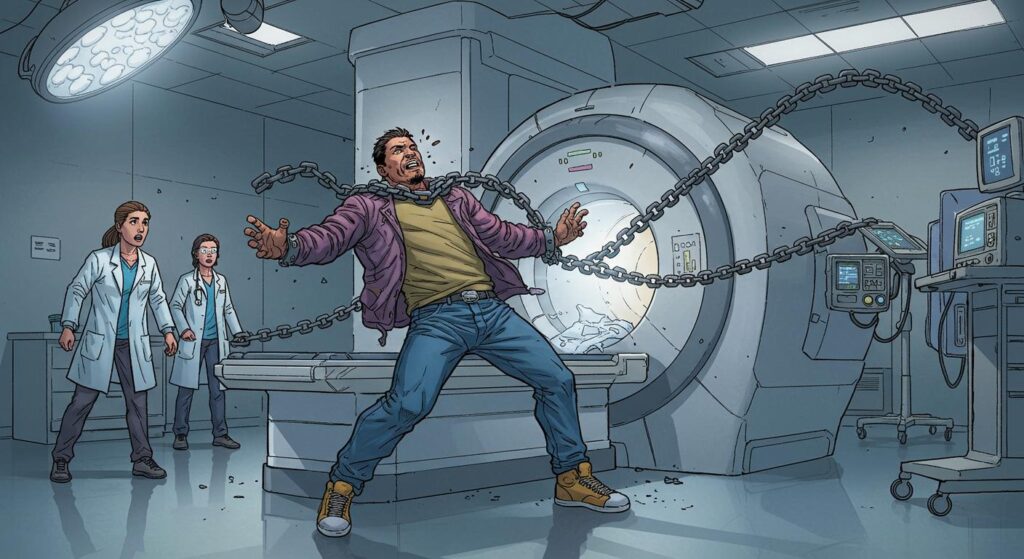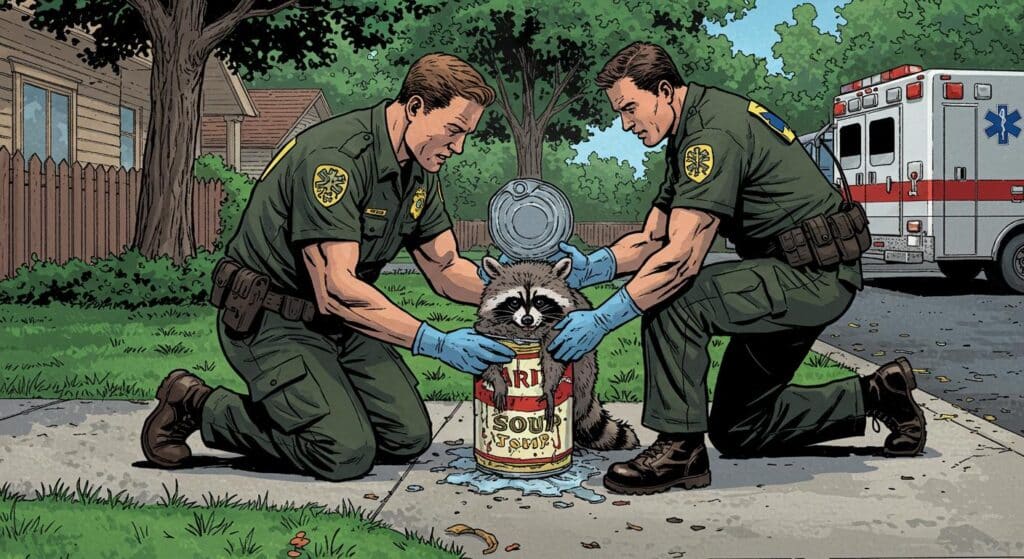There’s a peculiar satisfaction in watching an old misconception evaporate in the face of direct evidence—especially when the misconception in question is, “Do sloths fart?” As quietly spectacular as their tree-dwelling lifestyles, sloths have managed to hide the answer to that question for years. But as Live Science reports, an unsuspecting baby Hoffman’s two-toed sloth in a water bucket delivered a definitive, bubbly answer: yes, and not just occasionally.
Dismantling the Methane Myth
For years, it was established—most notably in Dani Rabaiotti and Nick Caruso’s book Does it Fart?: The Definitive Field Guide to Animal Flatulence—that sloths were the rare mammals who, thanks to their infamously slow digestion, didn’t release gas the traditional way. By this logic, any methane generated was quietly absorbed into the bloodstream and breathed out, bypassing the indignity of a proper toot. Zoologist and presenter Lucy Cooke, who helped share the now-famous footage, commented for Live Science that she’d always been a bit skeptical of the so-called “reabsorption hypothesis,” though it was well supported in published literature.
But then came the sloth in the bucket. Cooke’s Instagram post, highlighted by Live Science, presents what is believed to be the first real evidence to the contrary: a baby sloth, thoroughly relaxed in warm water, letting fly in a scene that feels tailor-made for animal trivia night. Can one small toot upend years of scientific consensus? It would seem so.
Isn’t it intriguing how quickly a single, well-captured moment can unravel a neat, widely shared myth? One wonders what else we accept as fact for want of a camera in the right place.
More Gas Than Grass
Veterinarian Andrés Sáenz Bräutigam, who has spent more than a decade working with sloths at the Toucan Rescue Ranch in Costa Rica, provided Live Science with a rather surprising assessment: far from being the monks of methane, sloths are among the gassiest mammals on a pound-for-pound basis. Bräutigam explained that sloths are “big fermenters and some of the biggest methane producers out there,” noting that some studies even claim their per-kilogram gas output can surpass that of cows.
The outlet also notes that in the world of sloth care, flatulence is more than a mere punchline; it’s a professional challenge. Bräutigam described how excess gas shows up on X-rays, messes with ultrasound readings, and can even play a role in helping sloths float—a detail that seems equal parts handy and absurd. If ever a creature used every tool at its disposal, the sloth is quietly resourceful.
It’s worth pausing here: had researchers simply asked those working up close and personal, might the sloth’s reputation have been updated years ago? There’s perhaps a lesson for the rest of us in the limits of assumptions, even peer-reviewed ones.
Sloth Diets: Party Fuel
As Live Science outlines, sloths in the wild subsist mostly on leaves, slowly fermented in their labyrinthine guts. The slow burn of this diet produces a steady supply of gas—silent, but ever-present. However, captive sloths often enjoy vegetables that are easier for gut bacteria to break down, leading to, in Bräutigam’s words, a veritable “bacteria party” and an uptick in gas production. The resulting buildup can even become a medical issue, requiring keepers to safely stimulate release. “We learnt that placing a sloth in a warm wet bath for a short time helps stimulate them to do their business and let all that gas loose,” Bräutigam told Live Science.
And for those who are morbidly curious: sloth farts have been described, by Bräutigam, as “silent but deadly.” A dignified but potent statement, much like the sloths themselves.
Why did the narrative hold so long that sloths were immune to this basic biological event? As Cooke suggested for Live Science, it’s a reminder that even careful science can sometimes let quirks slip through unchecked, especially when the creature in question is famously elusive and slow-moving. Could similar blind spots exist for other unlikely animals?
Science, Surprises, and a Slice of Humility
Live Science’s coverage reflects on how the correction of this sloth fact is a small but illustrative reminder: even cherished science books—and the odd expert consensus—are sometimes stumped by persistent animal privacy. The reality is, sloths’ anatomy doesn’t even allow them to burp or vomit—thanks to their unusually strong esophagus muscles—so all excess gas is inevitably and efficiently redirected. In a sense, the answer to “where does it all go?” has always been: as nature intended.
The narrative arc of the sloth fart—reclusive, mischaracterized, and now confirmed—also invites a larger question: if something as basic as flatulence can be misunderstood for so long, what else might we still have to learn about these peculiar, leaf-loving mammals? Or, for that matter, about the hidden corners of animal biology at large?
With the debate finally and decisively settled (in a bathtub, of all places), perhaps it’s time to cast a more skeptical, wonder-filled eye at the certainties we take for granted about the animal world. If the sloth can surprise us now, who’s to say what’s still waiting for discovery, maybe just a quiet, muffled bubble away?







